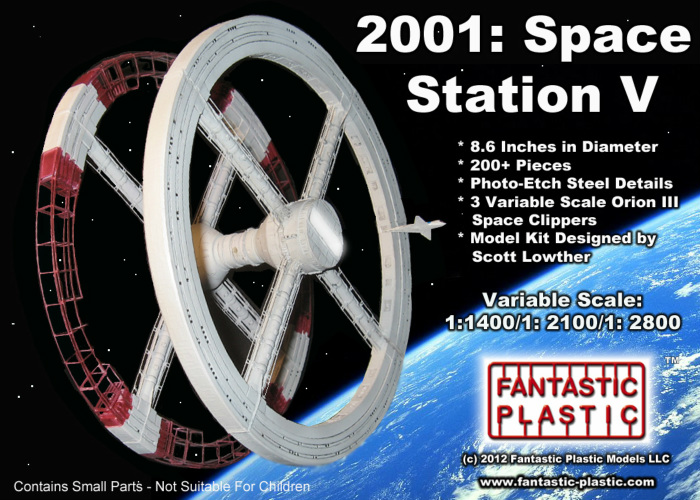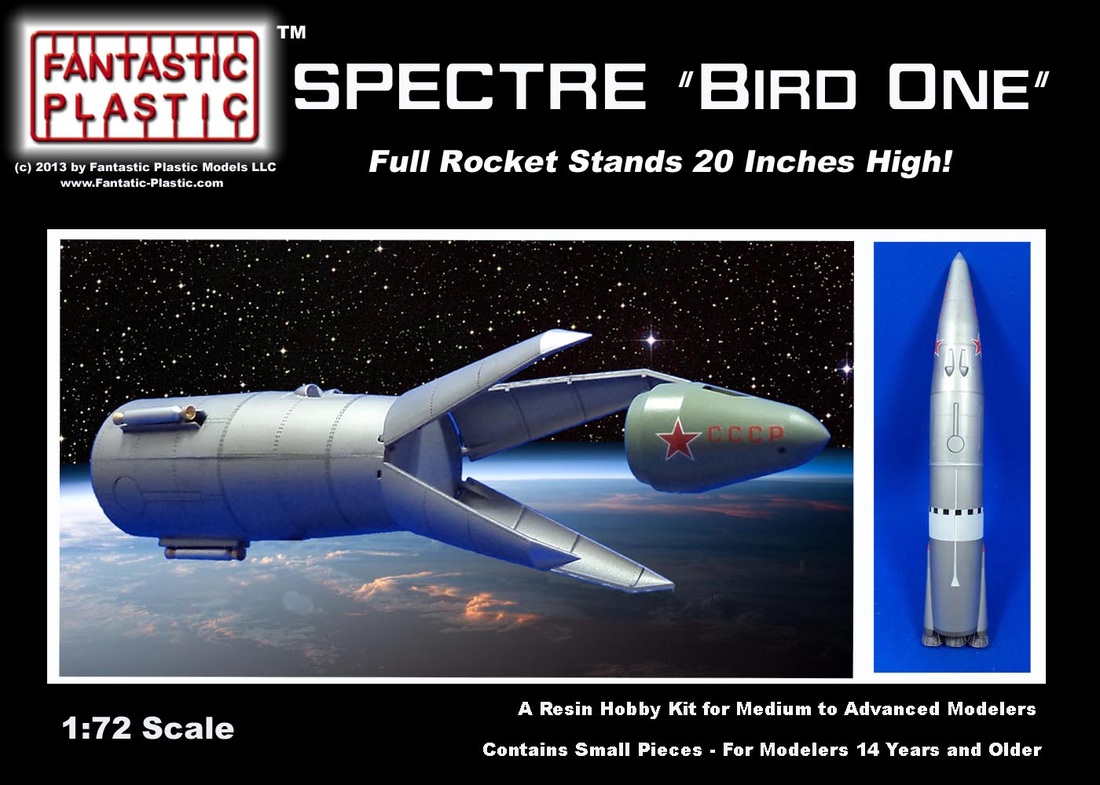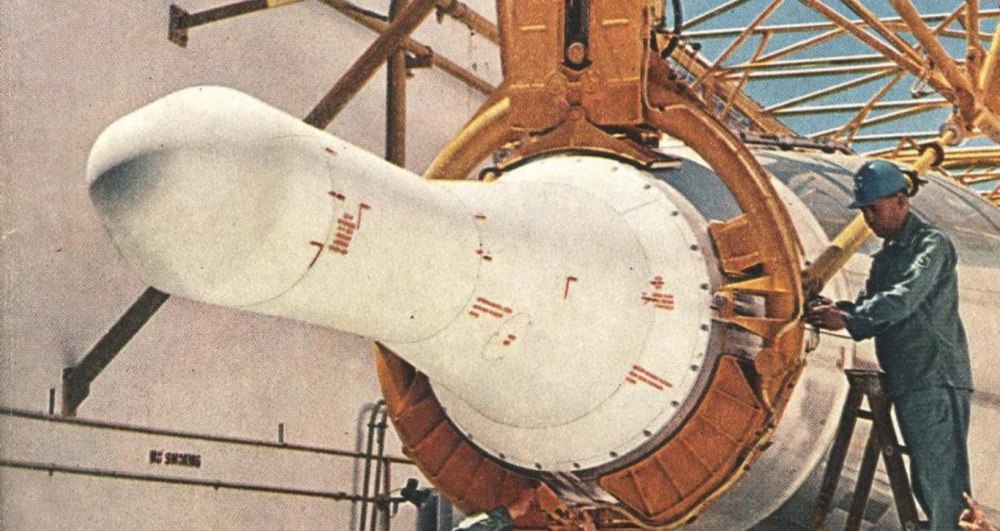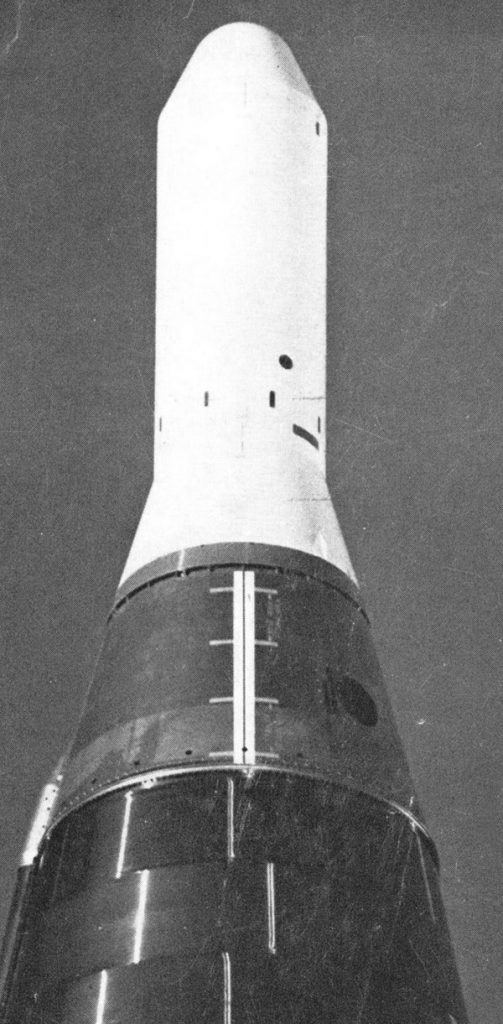An idle thought occurred while Netflix was on for background noise while I poked away at the computer.
Can we shoehorn the James Bond and 2001 universes together? Obviously we can’t assume that every Bond movie is canonical with “2001,” since the Bond flicks recognize that the USSR fell. But *one* movie… maybe. Consider the linking figure: actor William Sylvester.
Sylvester played Dr. Heywood Floyd, head of the National Council of Astronautics, in 1968’s “2001.” He also played “Pentagon Official” in 1967’s “You Only Live Twice.” Obviously these are not the same character, as the timeframes of the movies are separated by ~34 years, while the *actor* was essentially the same age (~45) in both movies. But here’s the what-if: what if that Pentagon Official was Heywood Floyds father? It’s *really* not that unusual for people deeply involved in the government bureaucracy and politics to have kids who follow in their footsteps. Dr. Floyd would have been born when his father was about 34, a perfectly cromulent age for that sort of thing.
It’s a minor point, of course, to have the same actor. But the events of “You Only Live Twice,” where a well-funded terrorist organization is paid by the Chinese to run a space launch facility and program to steal Soviet and American space capsules, might be just the sort of thing to set changes in the timeline in motion. A private organization operating Chinese equipment (it’s unclear whether the entire rocket and spacecraft were Chinese products through and through, or if SPECTRE designed them themselves using Chinese hardware, or what) and proving rapid turnaround for a partially reusable space launch system in 1967 would have been just the thing to get the USA and USSR off their butts. NASA was well on it’s way to the moon, but the “Bird One” spacecraft would have set them on the course to developing low-cost reusable craft *fast.* Because not only would it be obvious that major powers have such craft… so do criminal organizations.
“Pentagon Official” saw World War III nearly break out over a small reusable spacecraft of remarkable capability. Doubtless he would have shared that with his then-11-year-old son. That could well have set Lil’ Heywood on his way, just as the events set the US and the USSR on their way to lunar bases and space stations.
I suppose there might be a longer fan-fiction story in there.
– – –
By the way: a few years ago I mastered kits for Fantastic plastic that fit directly into this hypothesis. Click the pics for the links to ordering them.




